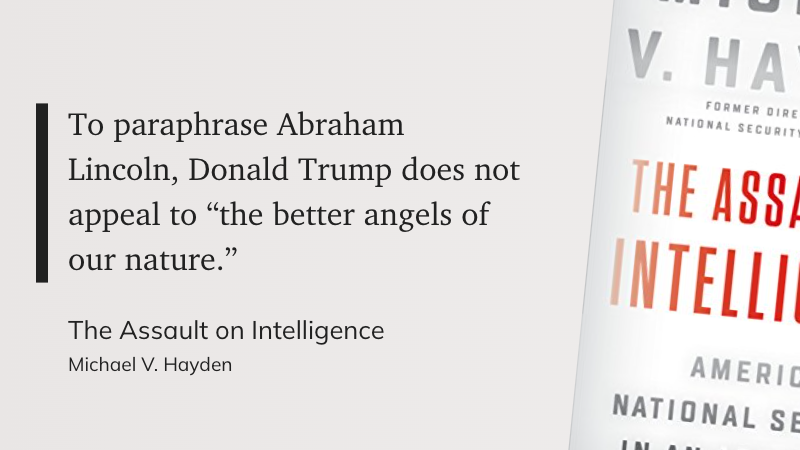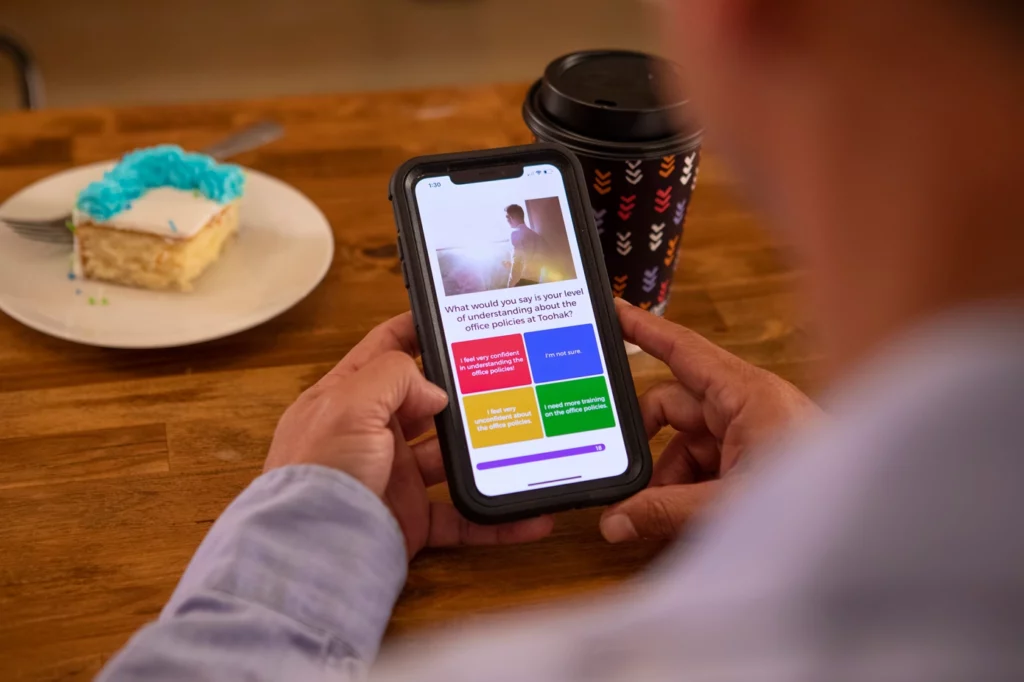
The Australian Federal Government released the Australian Framework for Generative AI in Schools on November 30, 2023, as a guide following the introduction of ChatGPT. While acknowledging AI’s potential in education, the Framework emphasizes human wellbeing, privacy, and safety. However, concerns are raised about its relevance and adequacy due to the rapidly evolving nature of generative AI. Critics argue that the Framework, with its six core principles, underestimates AI’s inherent biases and reliability issues, placing unrealistic expectations on educators.
At the 2023 Australian Association for Research in Education (AARE) conference, Jane Kenway encouraged participants to develop radical research imaginations. The extraordinary impacts of generative AI require a radical policy imagination, rather than timid or bland statements balancing opportunities and threats. It is increasingly clear that the threats cannot readily be dealt with by schools.
Lucinda McKnight and Leon Furze
The article suggests improvements to the Framework, such as redefining generative AI, acknowledging its limitations, addressing the digital divide, and emphasizing evidence-based policies. It also calls for policies that are inclusive and consider diverse perspectives, stressing the need for teacher-led policy development in AI education. The authors advocate for a radical policy approach that accounts for the far-reaching impacts of AI and ensures that schools play a pivotal role in shaping a just future with AI.
For a comprehensive understanding of these issues, the full article can be read on EduResearch Matters.
The Eclectic Educator is a free resource for everyone passionate about education and creativity. If you enjoy the content and want to support the newsletter, consider becoming a paid subscriber. Your support helps keep the insights and inspiration coming!









